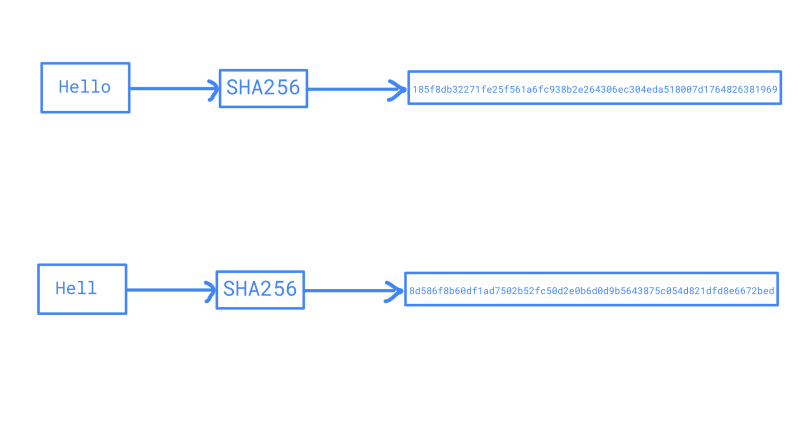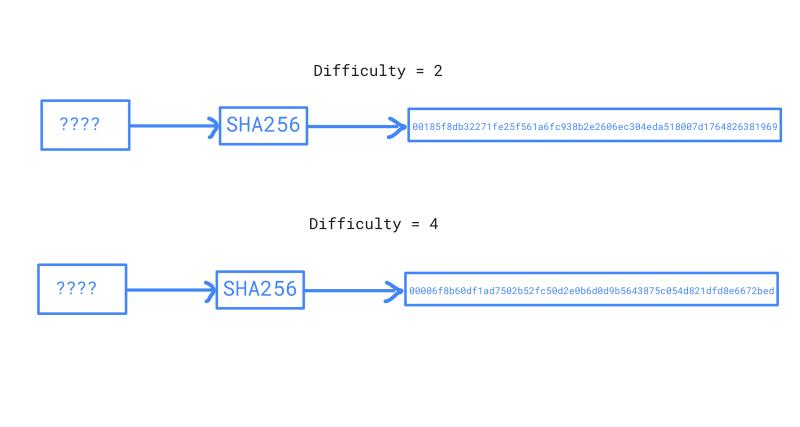In this article, we will explore the concept of the avalanche effect in cryptography, its significance in securing data, and its application in blockchain technology, specifically in the case of Bitcoin. By the end of this article, you will have a good understanding of what the avalanche effect is, why it matters, and how it contributes to the security of blockchain systems. So, let's dive in!
The avalanche effect in cryptography is a property of cryptographic functions, where a small change in the input of the function results in a significant change in the output. In other words, if you make a small change to the input of a cryptographic function, the output will change so much that it appears completely unrelated to the original output.
The avalanche effect is important for cryptographic functions, such as hash functions and encryption algorithms, because it makes it much harder for an attacker to predict the output of the function or to find patterns in the output. If a cryptographic function did not exhibit the avalanche effect, an attacker might be able to deduce information about the input or the key used to encrypt the data by analyzing the output.
To understand it in more detail, we'll be looking at SHA256 hash function. It takes an input (message) and produces a fixed-length output, known as a hash or message digest. The SHA-256 algorithm produces a 256-bit (32-byte) hash value that is commonly represented as a hexadecimal string of 64 characters.
In this image you can see that even a small change in the input results in a completely different hash. You can play around with SHA256 hash function here.
Bitcoin too uses SHA256 algorithm. To understand how the avalanche effect influences the difficulty of Bitcoin mining, it's important to first understand the mining process. Bitcoin mining involves trying to find a nonce that, when combined with other data from the Bitcoin network, results in a hash that meets a certain set of criteria. This criteria is known as the mining difficulty and is adjusted periodically by the Bitcoin network to ensure that new blocks are added to the blockchain at a roughly consistent rate.
The avalanche effect ensures that even a small change in the nonce results in a completely different hash. This means that miners cannot rely on incremental changes to the nonce to find a valid hash. Instead, they must try many different nonces until they find one that produces a valid hash. The more difficult the mining difficulty, the more nonces a miner will need to try before finding a valid hash.
In bitcoin mining the miner must perform a series of mathematical operations on the block header data, which includes the transactions being confirmed, the previous block's hash, and a random number called a nonce.
The resulting hash value is then compared to the target value. If it is less than or equal to the target, the miner has successfully mined a new block, and the block is added to the blockchain.
The number of zeroes in the target determines the difficulty of mining. The more zeroes there are, the harder it is to find a hash value that is less than or equal to the target. For example, if the target begins with four zeroes, it will be easier to find a valid hash value than if it begins with eight zeroes. As the difficulty increases, it becomes more computationally expensive to find a valid hash value, and miners must use more powerful hardware or join mining pools to compete effectively.
The miner uses a trial-and-error approach to find the right hash value. This involves generating and testing thousands of possible hash values every second until a value is found that is less than or equal to the target value. If the target hash starts with more zeroes, it is harder for the miner to find a matching hash value because they will have to generate and test more hashes until they find one that meets the criteria.
A miner's successful discovery of a hash that meets the target in Bitcoin mining proves that they have invested energy and computational power to find it.
The hash is the proof that work was done by the miner to find it.
And that is why it is called Proof of Work!





Top comments (0)